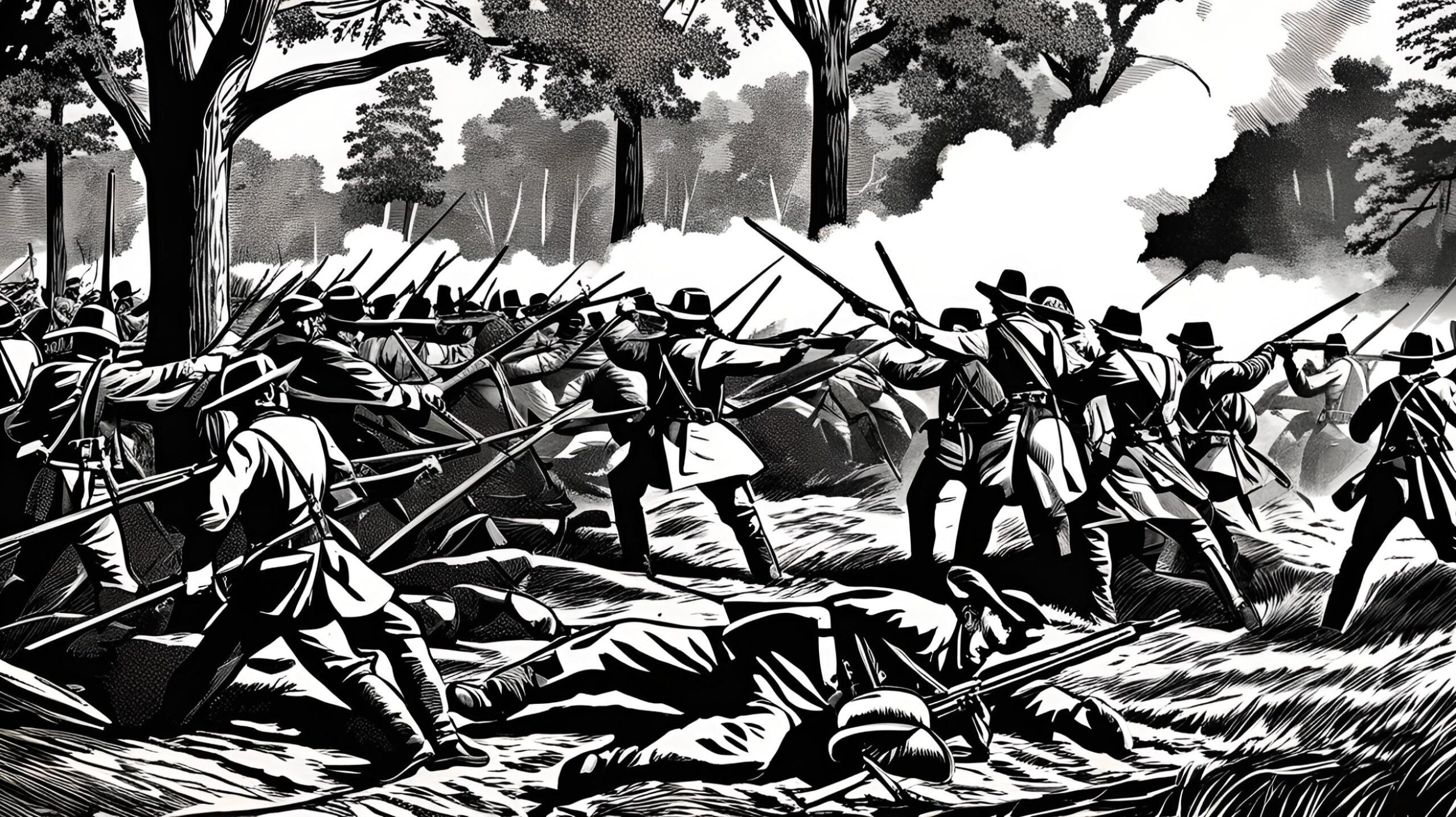Flashback to September 1
American History

On June 20, 1910, a comic strip that would go on to become an iconic part of American pop culture made its debut in the New York Journal. The “Krazy Kat” comic strip, created by George Herriman, introduced readers to a whimsical world filled with eccentric characters and unique artwork that would captivate audiences for decades to come.
George Herriman, a talented cartoonist, had already achieved success with his previous comic strips. However, it was the creation of “Krazy Kat” that would solidify his place in history. The strip initially started as a supporting cast member in another one of Herriman’s works but quickly garnered attention and earned its own dedicated space in the newspaper.
One of the main reasons for the immediate popularity of “Krazy Kat” was the distinct artistic style employed by Herriman. His use of bold lines, intricate patterns, and surreal landscapes set the strip apart from its contemporaries. The characters were drawn with exaggerated features, adding to the whimsy and charm of the comic. The art was so unique and captivating that it drew readers in, even if they were not initially drawn to the storyline.
Speaking of the storyline, “Krazy Kat” followed the lives of the titular character, Krazy Kat, a naïve and quirky feline, and Ignatz Mouse, a mischievous mouse with a penchant for throwing bricks at Krazy Kat. The strip revolved around Krazy Kat’s unrequited love for Ignatz, despite the constant physical abuse endured at the hands (or paws) of the mouse. Offissa Pupp, a law enforcement officer, also played a recurring role, constantly trying to prevent Ignatz’s brick-throwing antics.
At its core, “Krazy Kat” was a simple tale of love and rejection, but the nuanced storytelling and multidimensional characters provided depth and resonance to the narrative. Herriman used the strip as a platform to explore themes of identity, racial tensions, and social conventions in a subtle and clever manner. This allowed readers to find personal meaning within the comic and develop a deeper connection with the characters.
As “Krazy Kat” continued its run, it gained a cult following and critical acclaim. Writers and artists praised Herriman’s innovative approach and the intellectual depth hidden within the seemingly lighthearted comic. The strip also introduced innovative techniques, including the use of speech bubbles and thought bubbles to convey the characters’ internal dialogues.
Unfortunately, despite its popularity, “Krazy Kat” did not achieve widespread commercial success during its original publication. It faced several setbacks, including changes in ownership of the New York Journal and a decline in newspaper sales during World War I. However, it remained beloved by fans and continued to influence future generations of cartoonists and artists.
In retrospect, the debut of “Krazy Kat” in the New York Journal on June 20, 1910, was a significant moment in the history of American comics. George Herriman’s groundbreaking artistic style and storytelling techniques paved the way for the medium’s evolution, while the comic’s thought-provoking themes resonated with readers of all ages. Today, “Krazy Kat” is rightfully recognized as a timeless classic that continues to capture the imagination of audiences around the world.
We strive for accuracy. If you see something that doesn't look right, click here to contact us!
Sponsored Content

The Civil War: Severe…
Experience the intensity of…

Henry “Scoop” Jackson, American…
Renowned American Senator-Democrat for…

Leonor Sullivan, American politician…
"Remembering Leonor Sullivan: prominent…

Great Hinckley Fire: A…
"Experience the chilling history…

In the USA, the…
On September 1, 1982,…

California Constitutional Convention held…
On September 1, 1849,…

